Visual merchandising is a method of displaying products in a visually appealing way to customers. However, it’s not just about making things look good. Retail visual merchandising is about designing a unique customer experience about your brand to make you stand out from the crowd and increase sales. An Institute for Color Research shows that customers can rate your brand within 90 seconds of entering the store, and 52% of respondents won’t return to a store if it doesn’t suit their aesthetic. So it gives retailers a short time frame to make the right impression. A common question retailers ask is, “What is visual merchandising, and how can it improve my retail?”. This article discusses the definition of visual merchandising, the types of visual merchandising, and how to improve it based on sales reports.
What is visual merchandising?
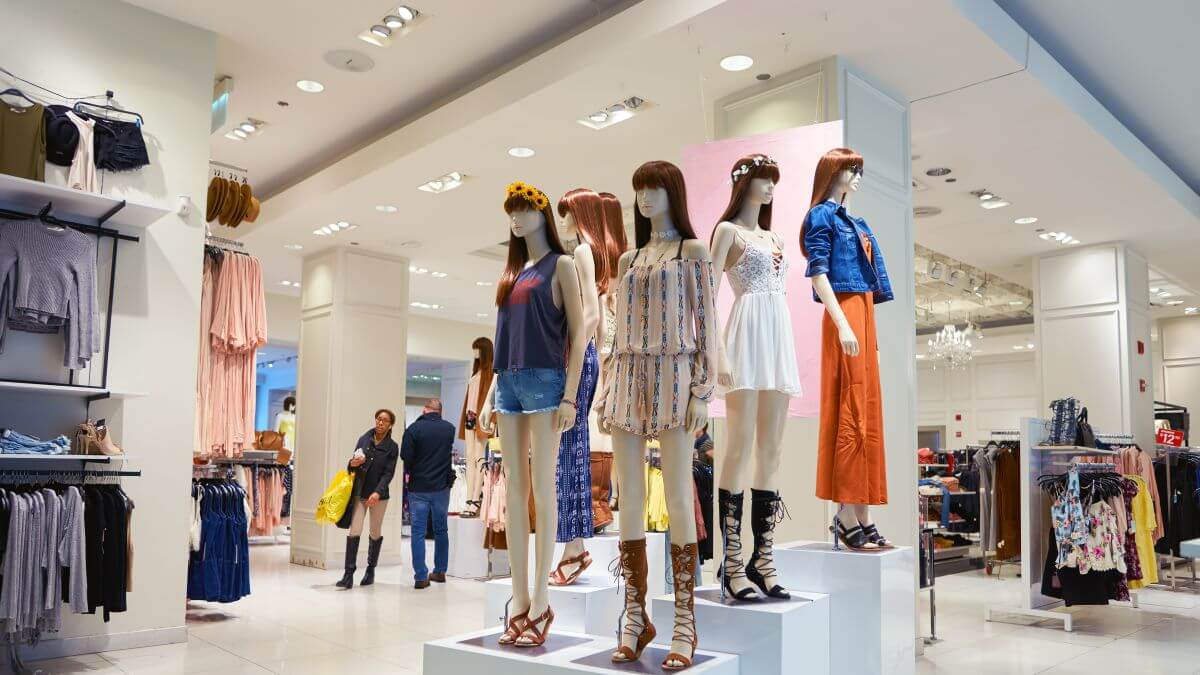
Visual merchandising is the way you design and display your retail store to engage customers and drive sales. You can achieve this by highlighting your product’s look, features, benefits, and usage in a visually appealing way. The bottom line of retail visual merchandising is about engaging customers, increasing interaction and sales, and creating memorable experiences.
Thus, you should collect data from your physical store and website and see which products are selling well, which aren’t, and which products customers often buy together. Most modern POS systems can help you build those reports and export them quickly. From there, you can tailor your visual merchandising approach and update your store accordingly to fit your customer journey.
Types of visual merchandising
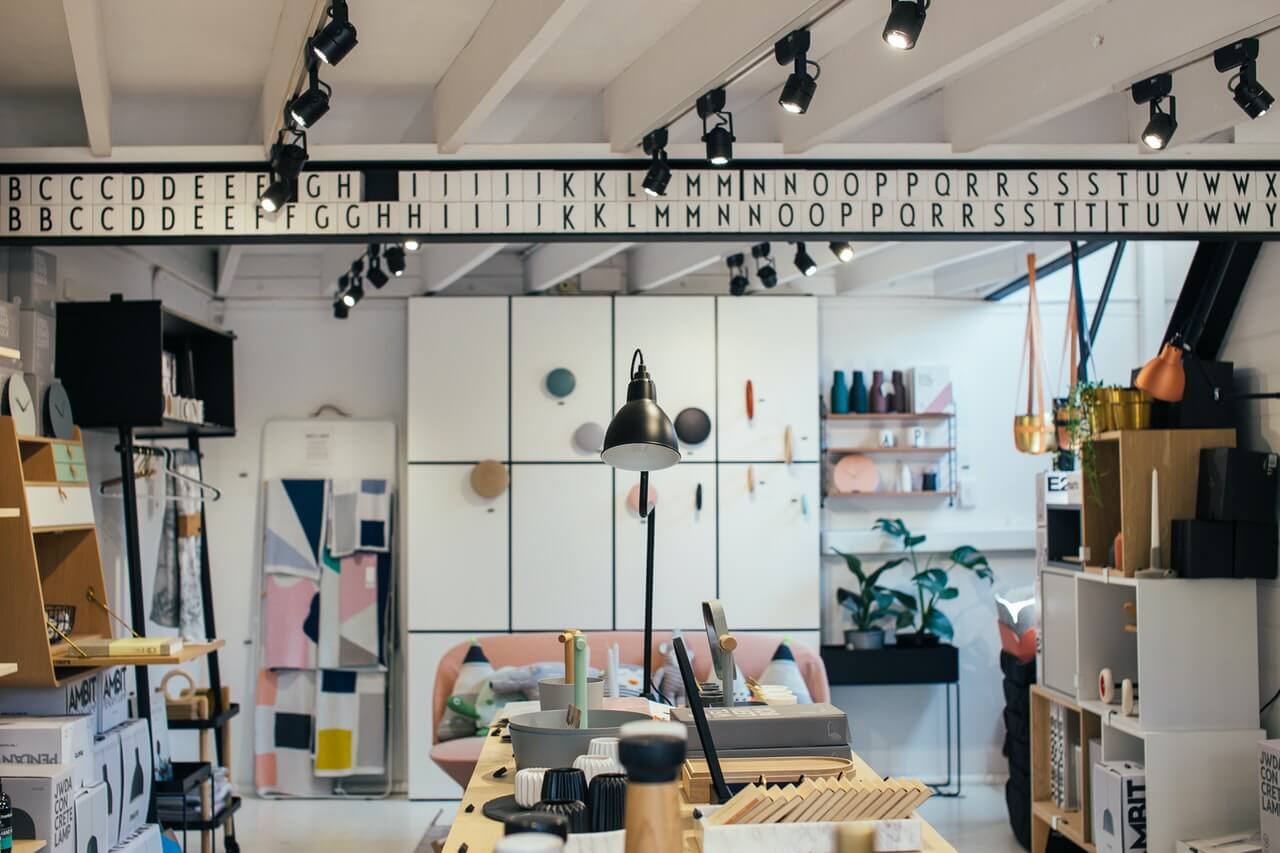
Effective visual merchandising uses various physical components to reflect the brand’s image and aesthetic, including color, light, space, sound, smell, and technology to enhance customer engagement with your brand. Below are the most 5 common types of retail visual merchandising:
Point-of-sale displays
Point-of-sale displays, or POS display, is a method of displaying items for making purchasing decisions. It can be anywhere in the store to grab customers’ attention and highlight themes or promotions. For example, if you’re designing your furniture and homeware POS displays, you should arrange and allow customers to visualize how they set up similar products in their homes. Thus, it can convert wandering shoppers into actual customers instantly.
Mannequins
Clothing retailers primarily use mannequins because it allows customers to see what their clothes look like without trying them on. And it has never been an outdated visual merchandising. For clothing stores, mannequins can grab the attention of passive shoppers and influence a customer’s purchasing decision on the go.
Interactive displays
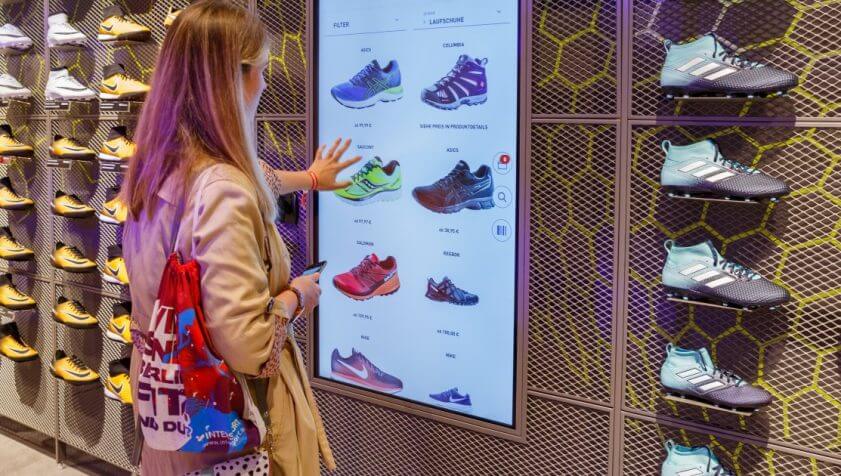
Touch screen technology is a great way to engage customers in a particular screen and learn more about your products. For example, fashion retailers like Rebecca Minkoff and home goods retailers like Wayfair have AR apps, so customers can choose designs and see how they look in the actual room.
Window displays
Window displays capture the customer’s attention and encourage entering a retail space to take a closer look at your products. Window screens are very versatile, and you can use them in various ways to convey messages, values about new products, and promotions.
Store layout
Store layouts take customers on a journey using specific techniques to encourage purchase behavior. For example, you must have a decompression zone — a wide area between 5 and 15 feet where customers entering the store can look around and take notes of what they can see.
Seasonal displays
Retailers often use seasonal displays to tell stories during seasonal events such as Christmas, summer holidays, or Valentine’s Day. For example, create a beach theme throughout your store as people prepare to book their summer vacation or showcase your winter product lines when the weather gets colder.
What are the benefits of visual merchandising?
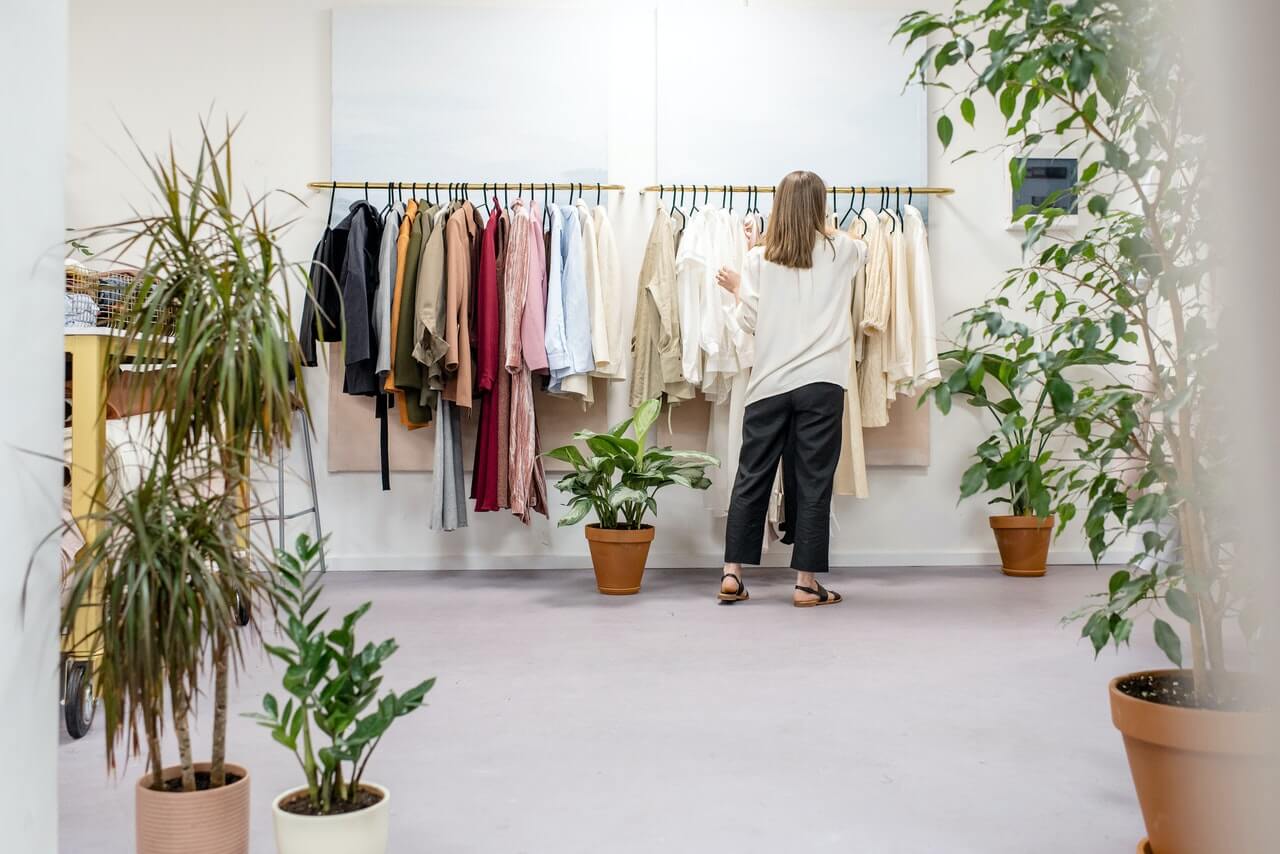
Visual merchandising affects the first impression for customers and creates a lasting memory for them. It represents your brand and inspires people to step in the following ways:
Attract more customers to your store
Displaying the best products and making them attractive can draw in people shopping through the window and show them your store. Optimal physical space helps customers see your product’s best features and capture their attention. In addition, incorporating repeated elements (color, texture, and decoration) help customers remember and share with others. For example, after you have selected a theme, each display needs to match the look and feel to stay in the customer’s subconscious. Otherwise the customer will be confused by confounding aspects. Simple is better. It’ll be easier for customers to focus and persuade them to purchase.
Make an excellent first impression of your brand

Think about your favorite retail stores and why you love them. 93% of purchasing decisions are based on appearance, and visual merchandising techniques are essential in in-store displays. Likewise, if you invite customers to your store, make sure the store is attractive. Remember, first impressions are essential and can be the last.
Boost sales with existing and repurchase customers
Once passing-by customers are attracted by window displays and have entered your store, it’s clear that they favor your products. However, it’s just the first step of the customer experience journey and a small aspect of store design. When a customer enters the store, the display, layout, and atmosphere impress them, encouraging them to purchase and return in the future.
As a result, there will be more chances for them to buy again, increasing your customer retention and expansion.
Increase your brand identity
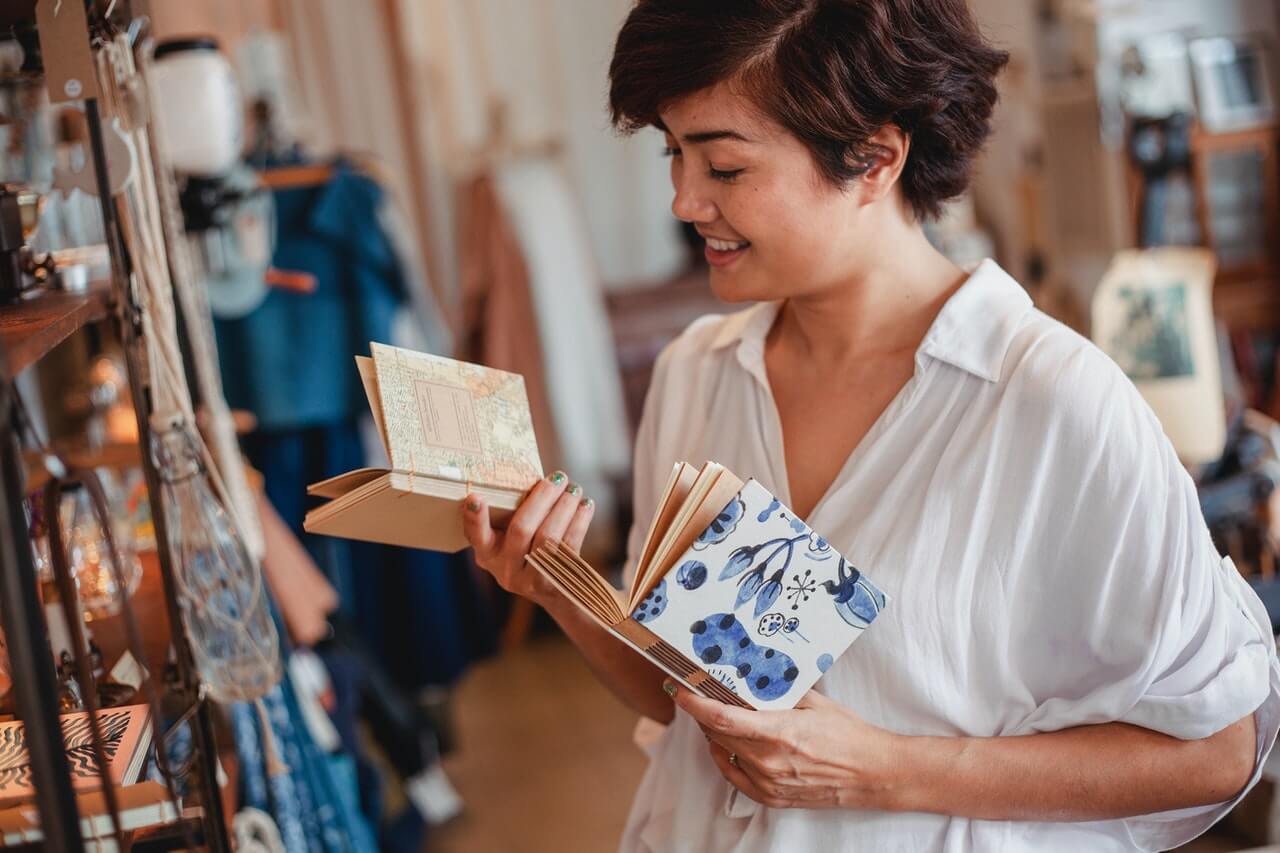
Retail visual merchandising is not just a simple transaction but an opportunity for customers to discover items and develop brand loyalty. The more attractive your store looks, the more customers will enjoy visiting your store. Moreover, it increases your brand awareness and value. In the world of word of mouth, a brand with a beautiful store can be the place to create virtual live pictures with mighty viral power on social networks. As a result, many people will know your brand in a short time.
How to implement efficient visual merchandising

Here are 4 steps you can refer to implement efficient visual merchandising or improve it in your retail stores:
1. Identify target customers
Remember, not everyone is your target customer. The winning strategy is to carefully define the target market and provide superior retail visual merchandising to that customer group. Customers always want the product to speak for itself. Thus, the product’s visual display needs to be easy to understand and appealing to capture their interest.
You can rely on research on the preferences and lifestyles of your target customers. Then, combine elements that fit your target demographic to apply to your store’s interior space. For example, if your target customer is parents, feature a smiling family image with kids.
2. Use a consistent theme
Your brand voice (tone, style, and message) should be consistent throughout your physical and digital spaces, from your store and website to social media accounts. It helps increase brand awareness across all channels, helps customers recognize your products, and builds customer’s trust. Plus, if you’re launching new products, seasonal items, or special promotions, you still need to use themes throughout your point-of-sale displays. Combining themes can help customers differentiate products or highlight specific features you’re developing.
3. Adjust your in-store displays regularly

Before diving into making your store visually appealing, it’s a good idea to take a close look at your POS sales reports and regularly monitor your inventory levels. The right POS system can give you real-time updates on your inventory count, order status, and, most importantly, insights into your best-selling inventory. From there, you can modify your in-store displays based on this information. Take a POS system for clothing stores as an example. With this POS you can gain valuable insights into current trends by identifying top-selling items. Then, choosing and adjusting which pieces to display to stay on trend and attract customers becomes a piece of cake!
You can test for minor changes to layout, color schemes, signage, and screens over a while. Then compare sales, traffic, and other metrics to determine the most effective retail visual merchandising strategies.
4. Hire a retail visual merchandising consultant
You might consider hiring visual merchandisers to assess your space and make recommendations to represent your brand better. They can recommend best practices to encourage sales and increase repeat sales. You can find them at fashion and design schools, interior design agencies, and industry websites and publications.
Additionally, you can hire professionals for complex visual merchandising projects for secure displays, signage, and structures. They’ll help you comply with all manufacturer’s instructions for installation and maintenance.
What are good visual merchandising examples?
To better understand “What is visual merchandising?”, let’s discuss some good examples of retail visual merchandising techniques successfully used by some big brands.
Nike
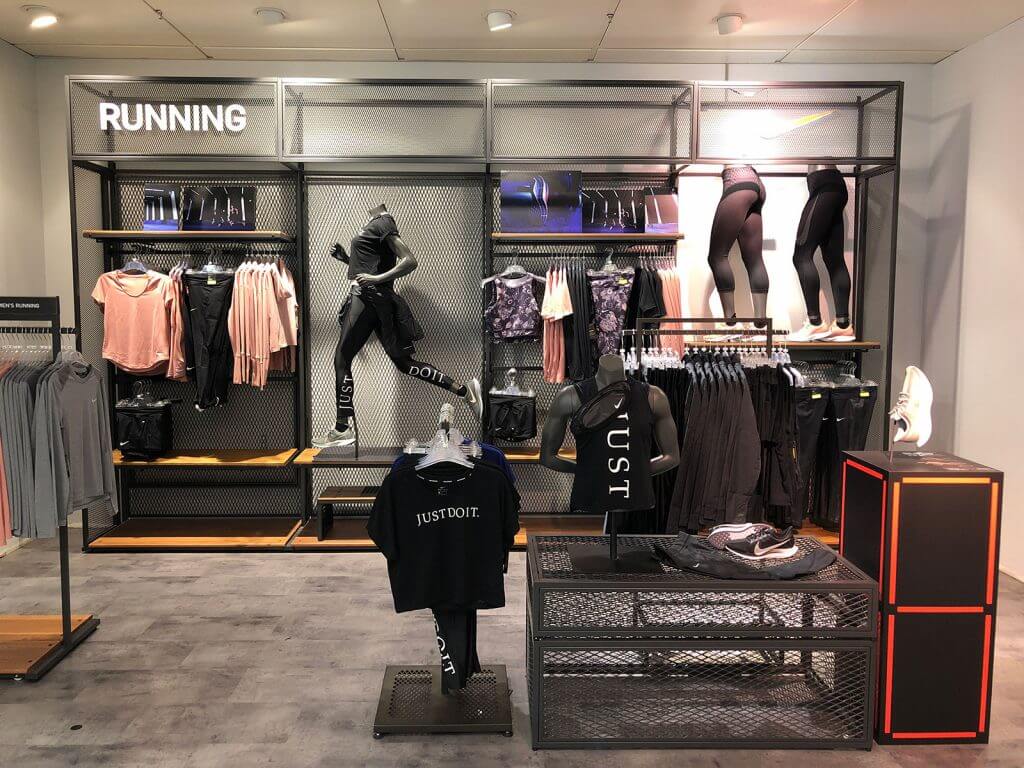
Nike changes their in-store display of their footwear and sportswear products constantly and always makes a bold statement like their tagline “Just Do It”. In visual merchandising, they display decorative walls in different colors and complementary products. In addition, they advertise athletes on their screens, promoting healthy lifestyles and movements in line with their brand voice.
Swarovski
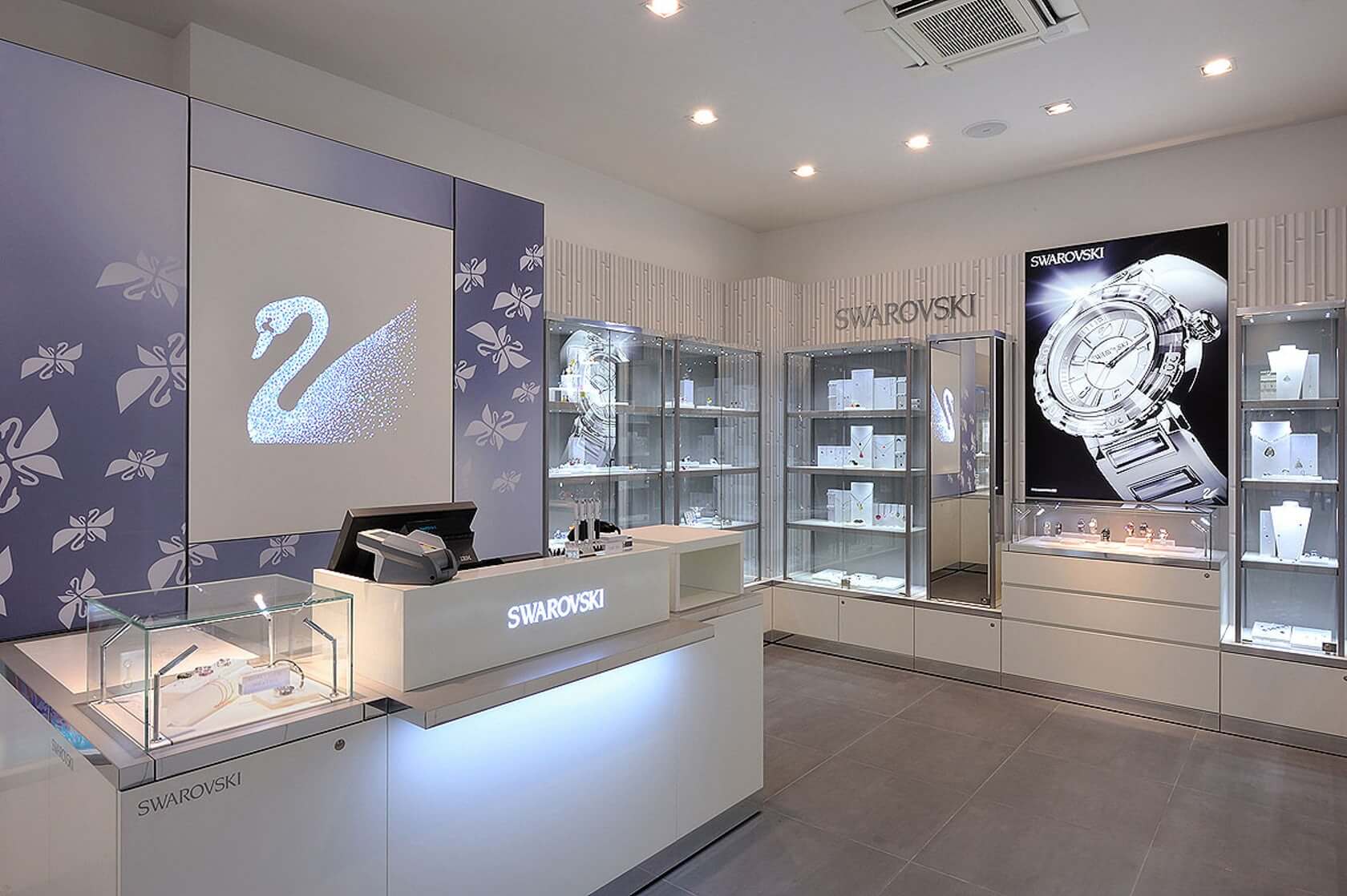
Swarovski showcases and highlights its products using minimal wall décor, optimal lighting, and focal lighting for retail visual merchandising. Their sole purpose is to draw customers’ full attention to their product and nothing else but their product.
Everlane
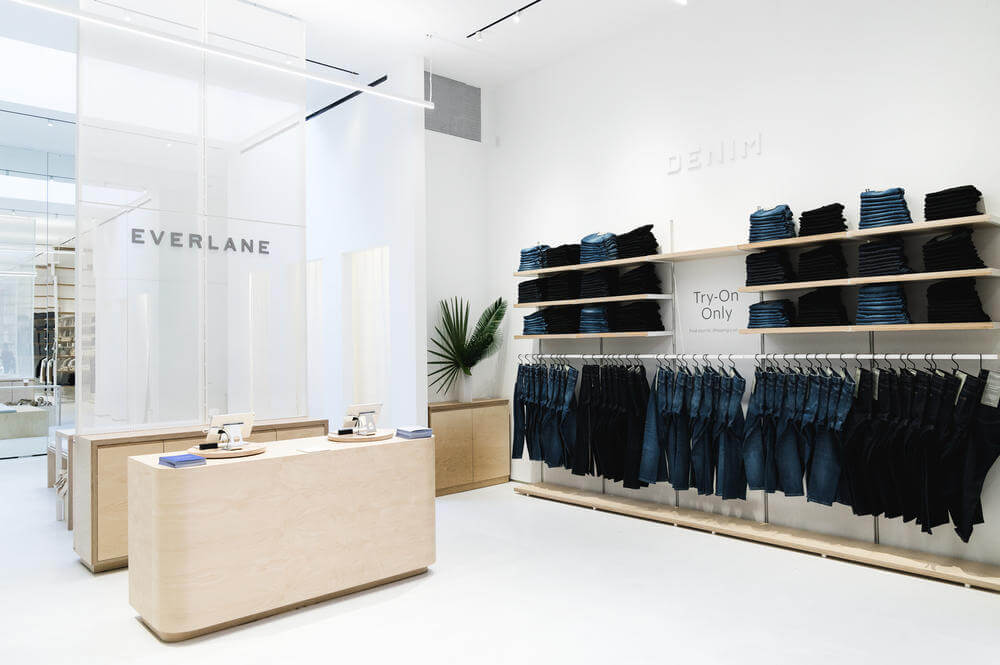
Everlane is a brand that embraces 3 core values: superior quality, radical transparency, and ethical facilities. They bring that to life in their products and uniquely highlight them with plain white walls and simple yet appealing in-store décor.
Final thoughts
Customers often rely on their first impressions to judge a brand. That’s why retail visual merchandising plays a vital role in enhancing the store’s appeal, atmosphere, and customer experience. Effective visual merchandising turns the physical or digital environment into an extension of the brand’s image.
There are many types of visual merchandising. Therefore, retailers should research, plan, and regularly monitor customers’ initial reactions to store layouts through POS reports. It’s the deciding factor whether your brand gets more customers or not.
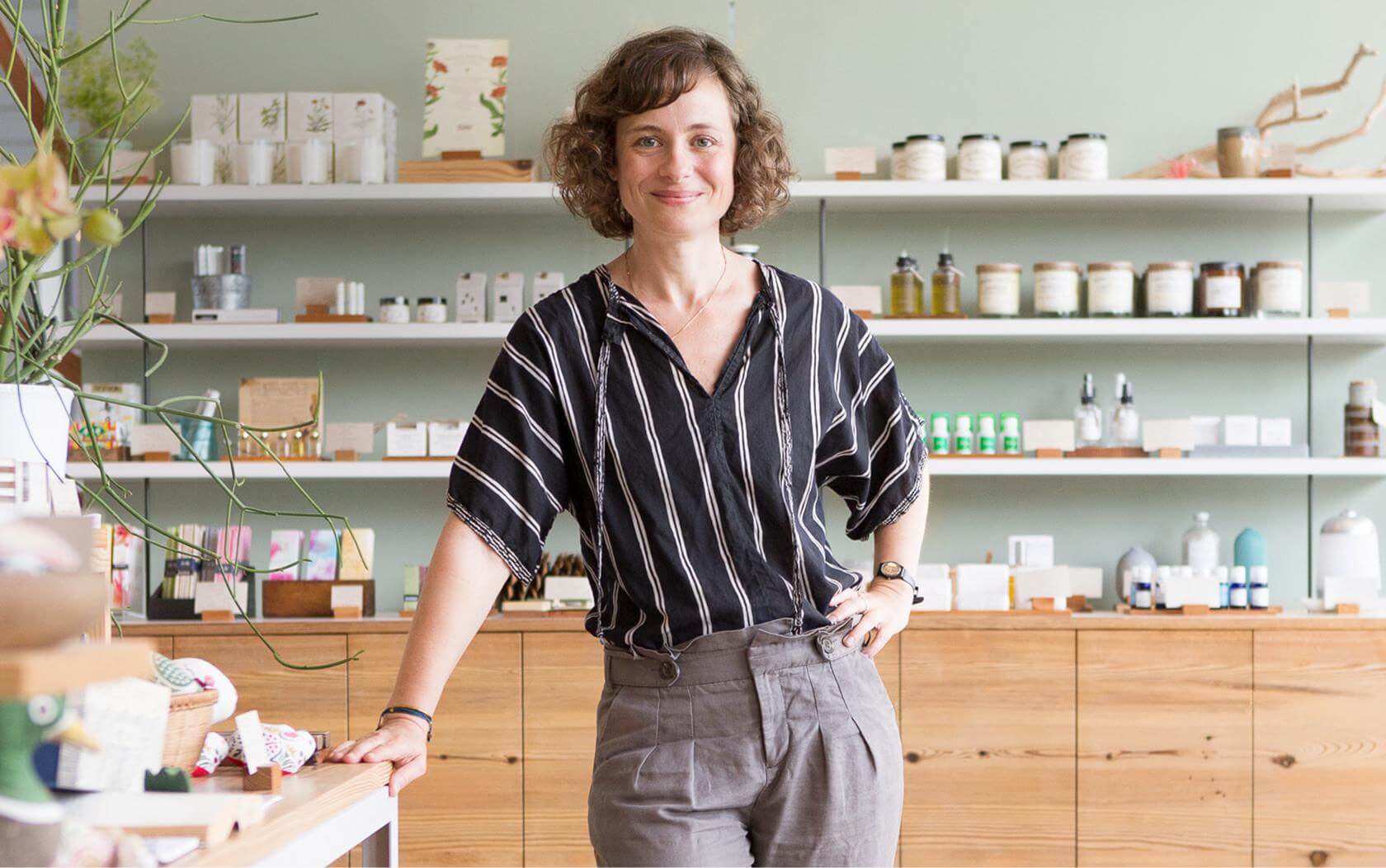





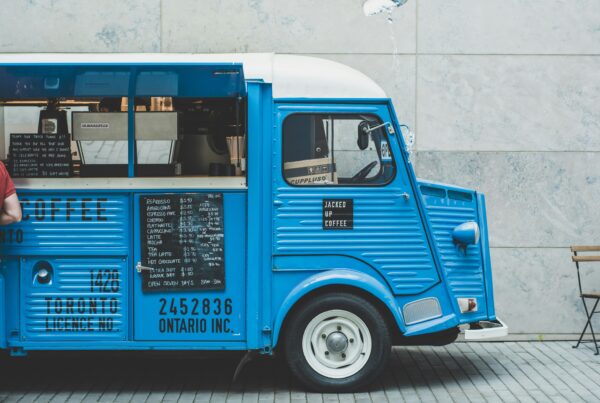
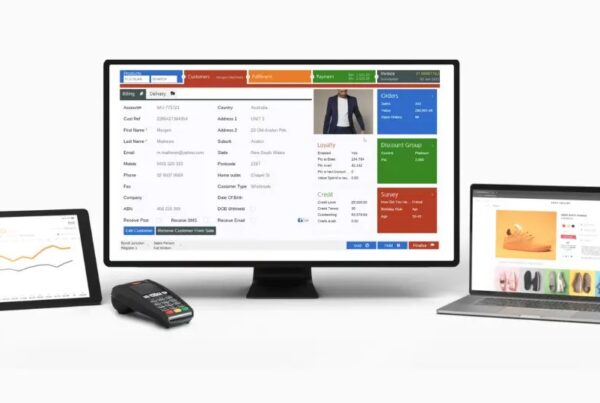
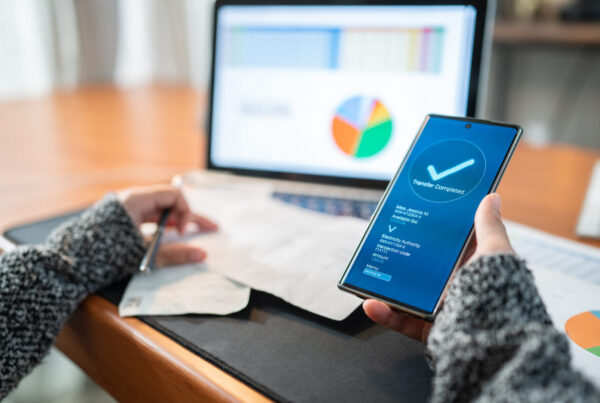





Nice Blog…I was actually looking to improve my skills and i just landed here . Thanks for sharing some important things and i will surely look back for more content . Keep sharing .